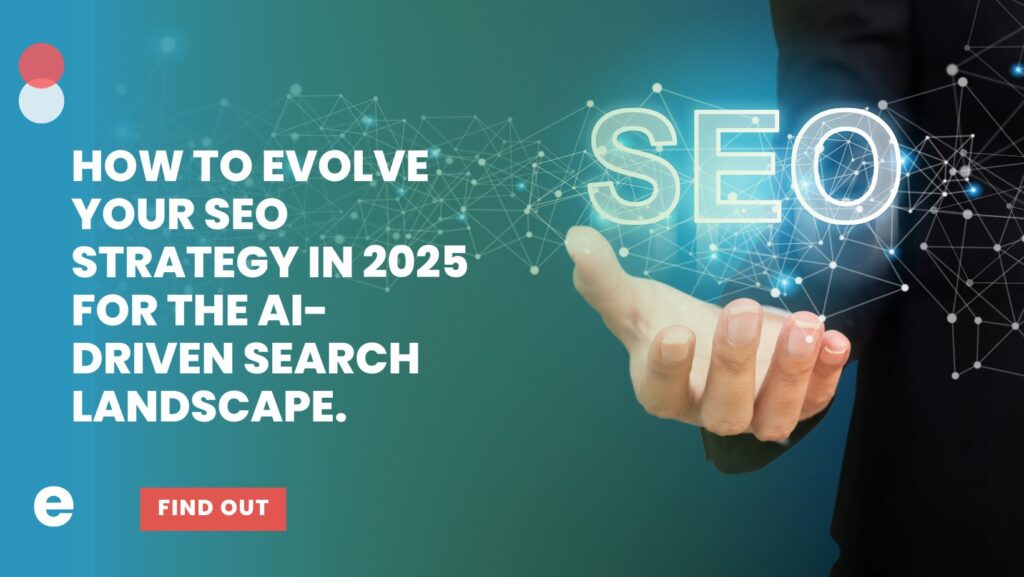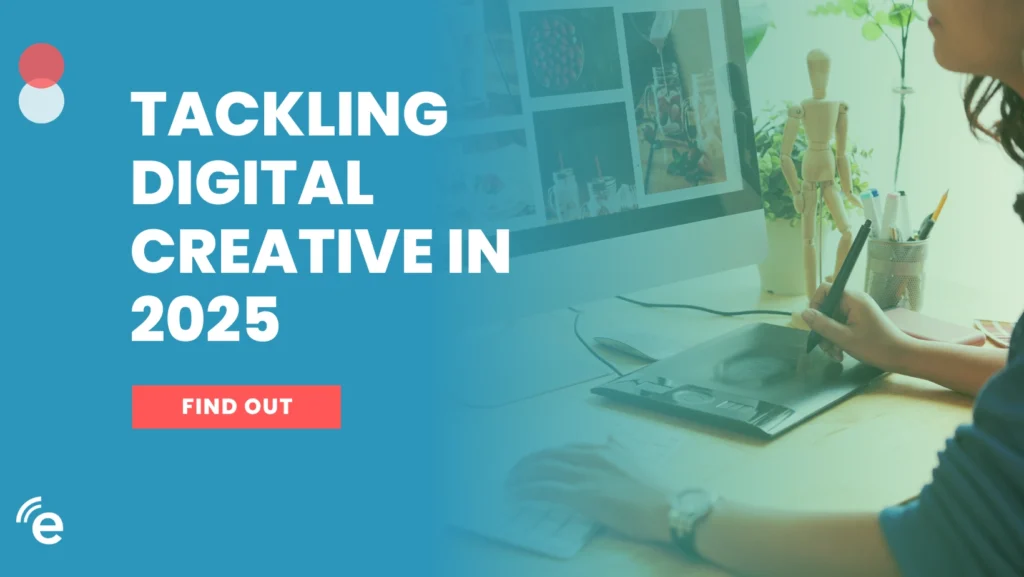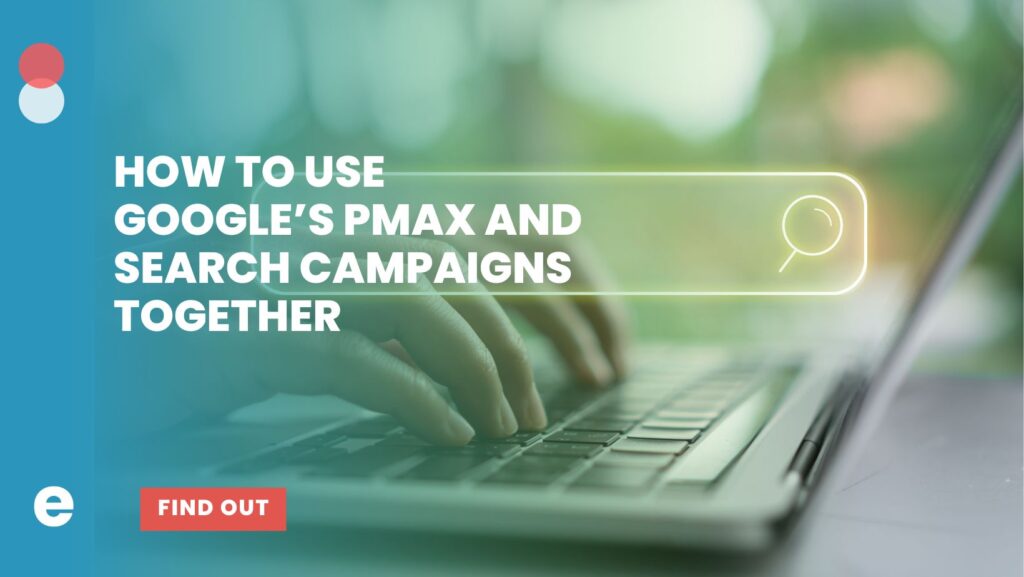Your Ability to Build Effective Digital Marketing Programs Follows A Strategically Designed Roadmap
Once you have a digital marketing blueprint, a roadmap to follow, what comes next? CMOs and other executives now know where they are going, but this is where the rubber meets the road if the roadmap is to be successful. You may be coming to this phase from a strategy work-session with an agency partner, or you could be coming to this session to an agency partner, bringing your vetted ideas and processes, but either way, it’s time for action. You are entering a Cannonball Run to reach customers, avoiding collision and catastrophe, and beat the competition to the finish line.
Let’s get real. Ideas do not become great ideas unless they can be put into action. Whether created in a boardroom, a series of virtual meetings, or a 6 am session on the back of a coffee-stained napkin, the same questions persist. Is it a good idea? Can it be implemented realistically? Will it lead to success in the real world during this digital age?
No matter the origin and brilliance of an idea, you will still require resources, including human capital and technology. You must leverage technical capability, as well as grit and ingenuity, to build out the strategy. You will need the stamina and analytical analysis to see the plan fulfilled and the wisdom to adjust course when necessary. Q4 is but a vapor trail now, and to be up and running with a Q1 start date is going to require more than ideas, an action plan, and resources — you need a supportive partner with the proper tools and skill sets to see actionable results, realtime data, and a successful outcome.
Mining For Key Information
So what does a successful blueprint look like at this stage of the build? Whether you have developed it internally or through working with a strategic partner. The blueprint should tell you:
What and Why? What will success look like for this campaign? What is the endgame of this strategy? Why is this important, why are these your goals, and will your bottom line be better for achieving the desired results?
How will you:
- accomplish these desired results?
- address budgetary restraints?
- comply with legal constraints, and how does your plan address them? Such as GDPR (General Protection Data Regulation), ADA (American Disabilities Act), FTC policy and guidelines?
- address tech constraints and keep all your digital resources relevant and compatible across mobile, tablet, and desktop platforms?
- manage e-commerce sites and agile projects effectively?
- optimize content and graphics across different social media platforms?
- track and compile data? How much data and how often?
- analyze the data to determine actionable intel like KPIs and quantifiable goals that are trackable and measurable for project success and ROI?
Who is your target audience, i.e., audience constraints? Are you going after new customers, existing customers? Who are your customers demographically, teens u-18, B2B decision makers, retail or wholesale buyers? Who are the decision-makers you hope to reach?
Allocating Resources Based on Key Information
The right answers to the right questions help us define what we need to form a successful partnership. When we have these clear answers, the blueprint allows us to confidently allocate the critical technological resources and activate human capital most responsibly. Clearly-defined roles help teams run smoothly? Who is driving, who’s the navigator, who can change oil and tires?
- What % can your in-house team accomplish?
- What % should a partner, like Enilon, support?
Proper resource allocation creates a partnership with clear expectations, which allows for teamwork and develops trust. Through dual-focus project management (short-term goal completion, long-term scope protection), we can set the guardrails to keep everything within the agreed-upon budgetary and time goals and create a production schedule for full transparency. Accurate LOE from all team members, partners, contractors, vendors, et al. develops trust. Final sign-off on these newly-minted projections/estimations sets the wheels in motion.
The Flag is Down, and We’re Off!
The build phase begins, and deliverables are shared with everyone and refined pre-launch until all the stakeholders have a say in finalizing the plan. Then we go live. While we have completed the build and execution phase, we have one last puzzle piece that needs to be in place before we flip all the switches: we need data tracking in place so before we can move on to the next phase. We will discuss this phase in a subsequent blog post.
WHAT YOU AS A CLIENT WILL HAVE AT THIS STAGE:
You will have a fully-functional deliverable – be that an email campaign, a new website, a one-off geo-targeted event blitz, a content calendar, or a 12-month SEO strategy. Additionally, you will have a dashboard (where applicable) to track and monitor your deliverable’s progress by way of targeted, relevant data.
WHAT WE AS YOUR AGENCY PARTNER WILL HAVE AT THIS STAGE:
Complete buy-in from you, the client, on the full blueprint that has developed, been QA’d, data-tagged, and released into the wild, with all of the accompanying insights that will help inform data-driven improvements over the A/B testing cycle.


